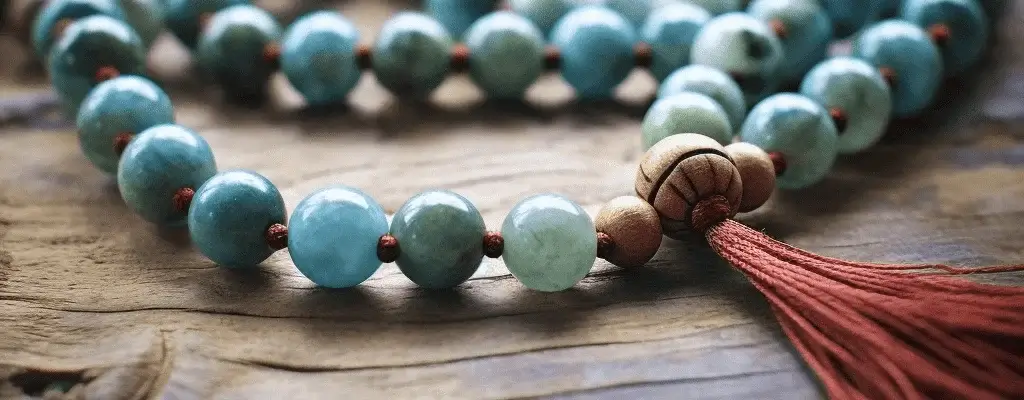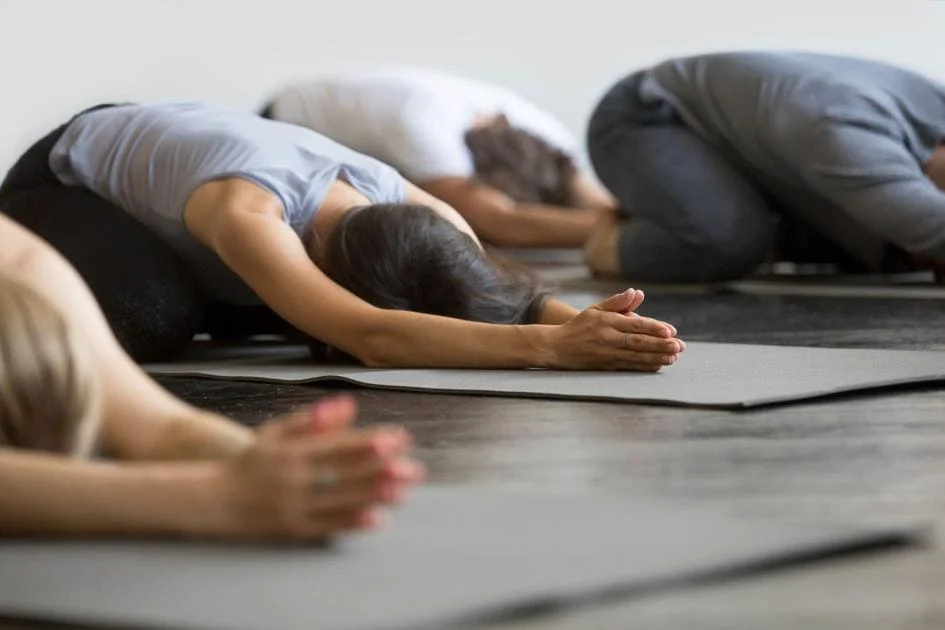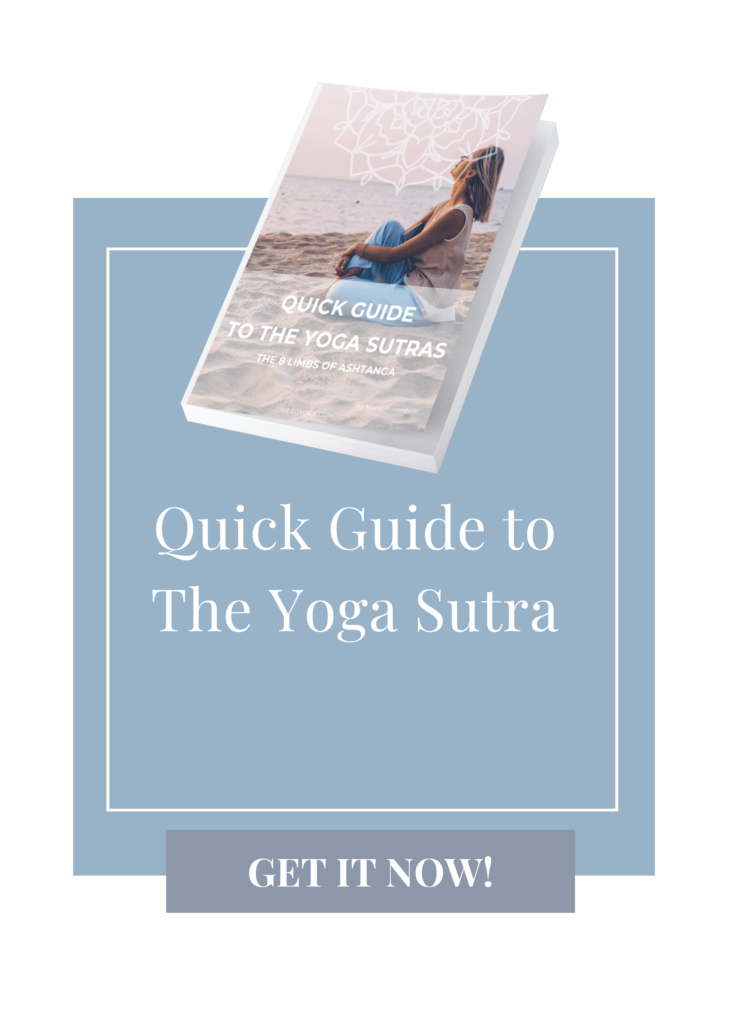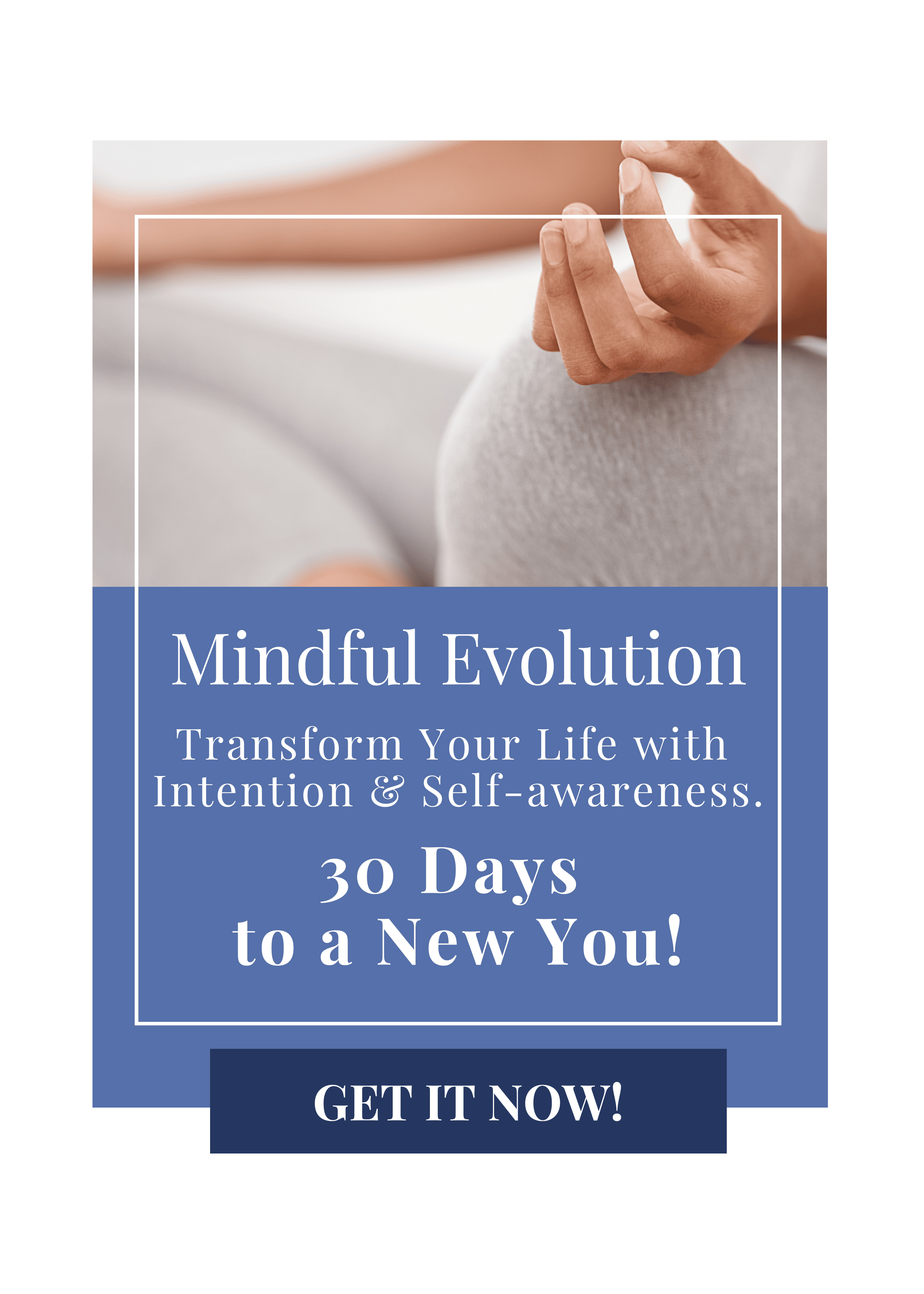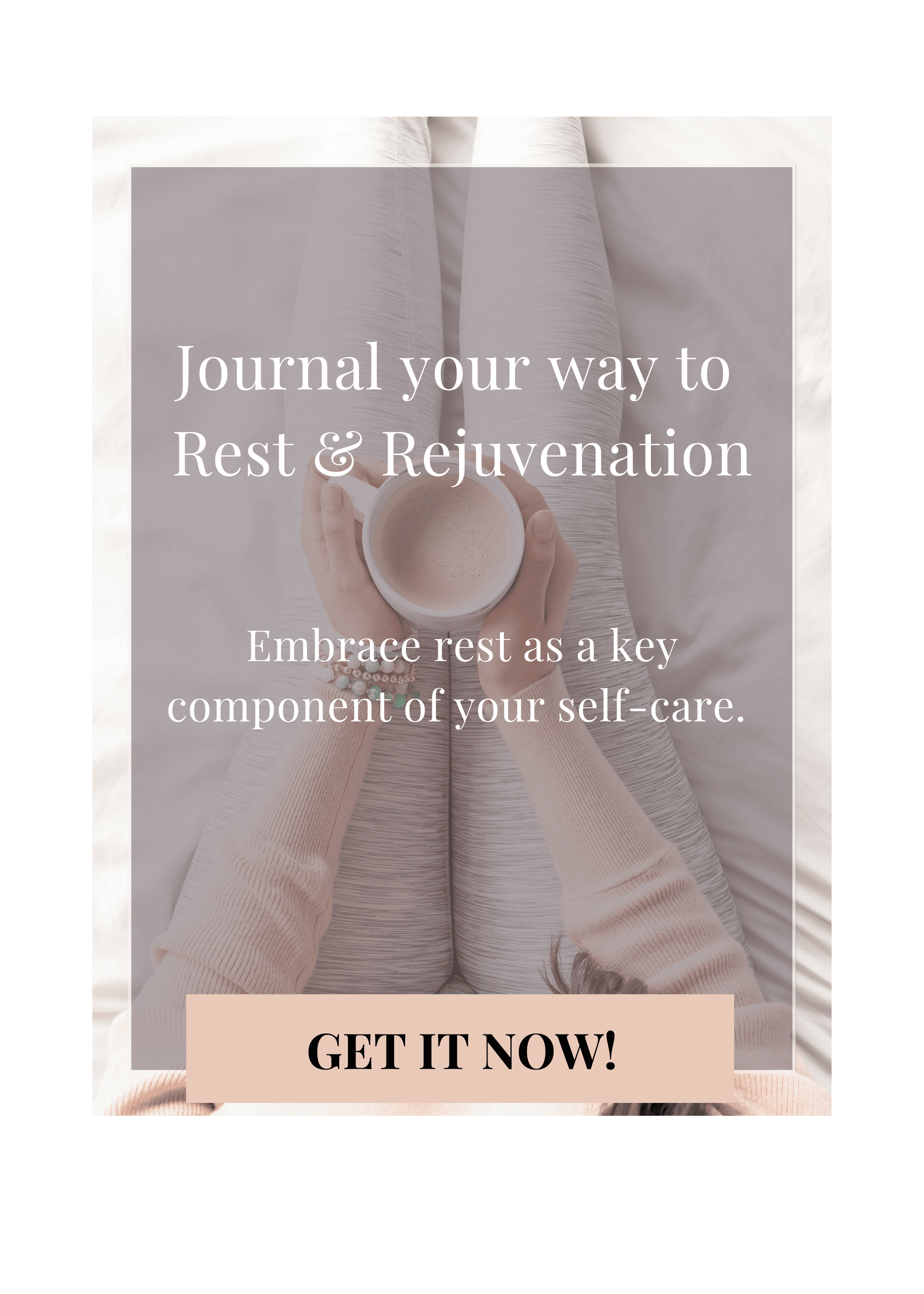I’m a fan of forward bends.
That something as simple as a forward bend, an action we are more or less born to perform from a very young age, can affect our mental state so profoundly seems a bit of a miracle.
Here are some tips to bring more depth and length to your forward bends, and to build your home practice so that you can safely explore the calming poses that can help to ground you better, reduce stress, and calm your nervous system.
You might also like “Five amazing books on yoga“
There are a few important aspects to consider when talking forward bends.
The first is to pay attention to a slight forward tilt of the pelvis, which helps to give you more length and depth in your forward bend (like the sway in the back in Cow pose) and prevents you from rounding the lower back. Lie on your back with the soles of your feet on the floor, and knees pointing up toward the ceiling (with a neutral pelvis).
Place your hands on the two prominent hip points. Try doing Cat pose lying down (backward pelvic tilt) and Cow pose (forward pelvic tilt) to get a feel for the difference between the two. Feel with your hands how your hip points move away from the thigh bones in the backward bend and down towards the thigh bones in the forward bend. Remember how this feels so you can easily come back to it later. Repeat a few times.
The second one is always remember to “fold” from the hip and not the lower back, if the fold happens in the lower back, increased pressure is placed on the lumbar spine and this can lead to injuries. A safe forward bend begins at the hips. You can sense if the forward bend is from the hips by feeling for the deep groove where the body folds in half at the front of the hips. (it should be there)
Folding from the hips is the basis for the flexible, continuous slight bending of the spine we want to flow through the entire back. A good way to capture this sensation is to stand with your feet hip-distance apart, with your knees slightly bent, and with your hands placed on your hip points on the front of the hip. Keep your knees bent and maintain the natural curve of your lower back.
As you bend forward at your hips, feel how your hip points move down toward your thigh bones. When you sense a restriction and you can’t go any further, take one hand and place it on the lower back, feeling along your spine. Take a few breaths here. To come out, bend the knees, suck in the lower abdomen, and place your hands on the hip points again. Press down through your feet into the floor and slowly come up with a long back.
When working on forward bends, you can choose to progress slowly by focusing on lying forward bends first, then standing, and finally sitting.
You might also like “Why choosing the right yoga mat is important to you.“
Progression
A lying forward bend could be laying on your back with one leg stretched towards the ceiling, with your hand or a belt pulled around the foot and you gently pull the leg down towards the chest (Supta Padangusthasana), or lying on your back with both legs bent, knees towards the chest (Apanasana) which are some of the gentlest forms of forward bends, i.a. because the floor supports the back and prevents excessive rounding of the back.
Standing forward bends are also good forward bends that warm the body effectively. Folding from the hip is easier standing than sitting because the pelvis is not held in place and you work together with gravity, standing positions also help to increase the suppleness and flexibility of the muscles in the legs.
(such as Parsvottanasana, Uttanasana and Prasarita padottanasana)
Seated forward bends are performed when the body is sufficiently warmed up and length has been created in the back. Seated forward bends can be more challenging because the pelvis is more locked in sitting positions and the help of gravity is reduced. (such as Paschimottanasana, Janu sirsasana and Upavistha konasana)
When you work with forward bends, you have the opportunity to turn your focus inward and focus on what is happening in the body on both a physical and emotional level. Forward bends help release muscle tension, change unhealthy movement patterns, shift your attention to the present, and create a deep inner calm.
Want guidance and support from a coach?

